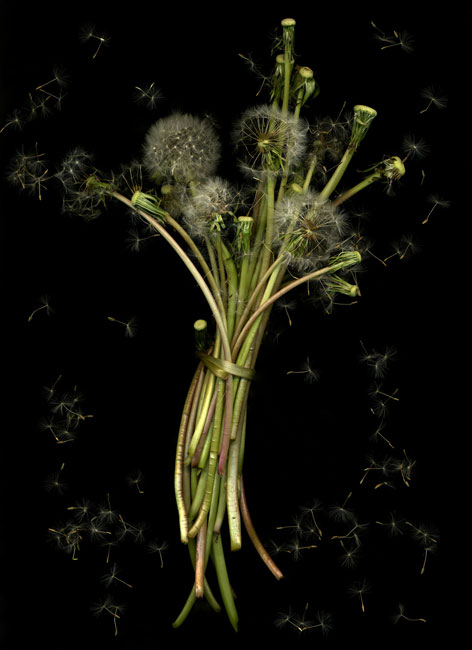
Ilovethatphoto is an on-line magazine blog that looks at independent photographers, much of the on line magazine is interview's with artist that have been featured in the magazine. The idea of the magazine is a resource of photographers. The magazine also has a Tumblr blog - The Photographic Image.
The blog looks at works by Jeff Wall, Robert Adams, Eugene Atget, Nan Goldin, August Sander, Gregory Crewdson, Ed Ruscha and William Eggleston.

The first interview that interested me was Wouter Van de Voorde, an Austelian photographer that looks at the way that humans change the world. Much of this series looks at homes that have been left abandoned and have the absence of humans but the traces that they were once there. The images a beautiful hunting, with fantastic use of natural lighting.
The work does give the feeling of how the land has be changed by us and how we have chosen to settle in many corners of the world. Many of the images are dull in colour, this is an effect that, in some way's and in relation to this work makes you feel as though you are walking through a memorise from some one else's mind.


The images also evokes the idea that every thing comes to an end, that we all move on from place to place and leave the physical bricks and mortar behind but keep the memories with us.
Over all this is a very interesting body of work that captures that emotions of the changes that we make to this world and the changes that the world makes to us as people.
Over all this is a very interesting body of work that captures that emotions of the changes that we make to this world and the changes that the world makes to us as people.












